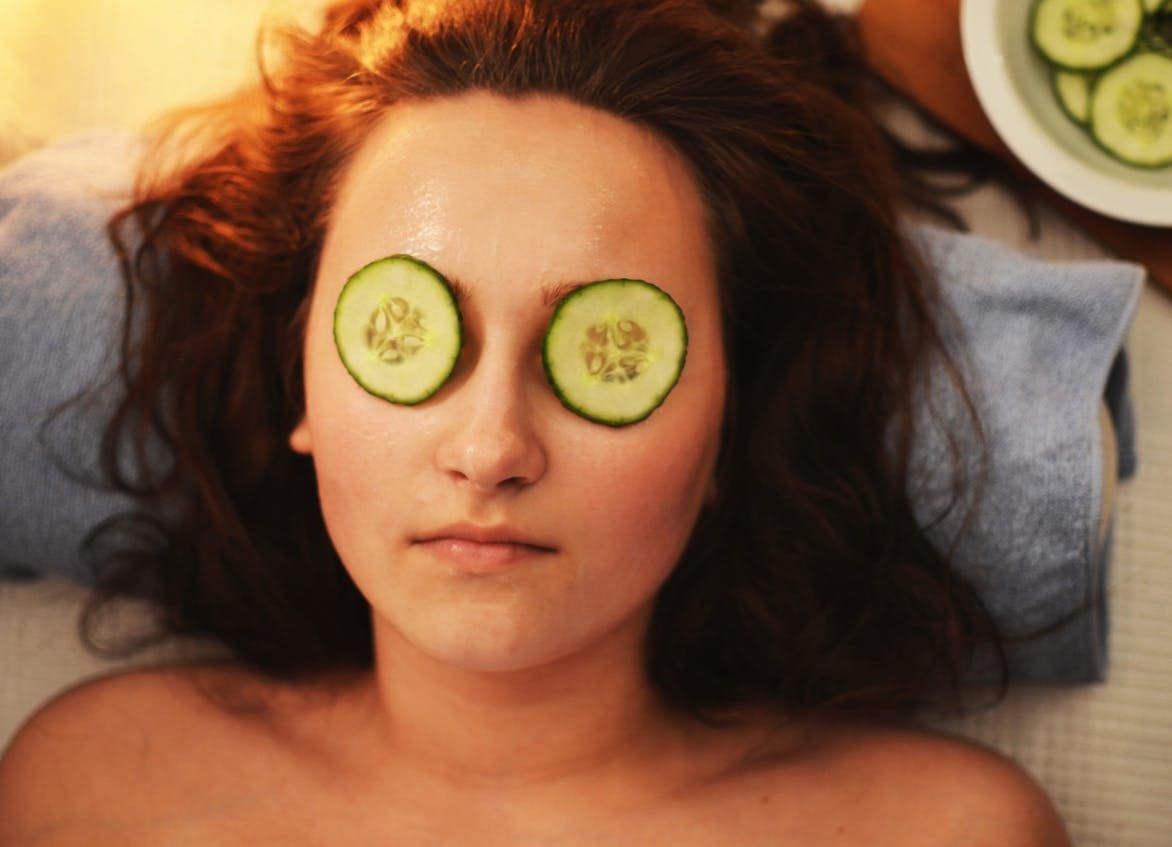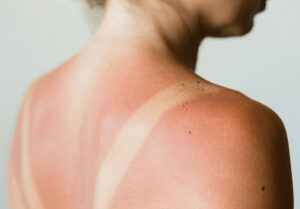Do you remember the first time your skin broke out? If you’re like me, it happened in your early teens and made you feel so mortified that you faked sickness to avoid going out in public.
But pimply skin doesn’t always go away after the teenage years—more than 17 million Americans of all ages deal with acne.
FOLLOW US ON FACEBOOK & INSTAGRAM
Skin is the largest organ we have, and keeping it happy is important. While acne isn’t the worst or most dangerous skin condition out there, it can be painful and take a toll on your self-confidence.
We hear a lot about cannabis as a treatment for a range of skin conditions—from dry, chapped skin to more serious issues like rosacea and psoriasis, but what about using cannabis to help reduce adult acne? Can the plant work to clear your skin? Or does cannabis make it worse?
RELATED: HOW CANNABIS CAN HELP TREAT & PREVENT DRY, CHAPPED SKIN
What Is Acne?
The Mayo Clinic describes acne as a skin condition caused when oil and dead skin cells block hair follicles, which are connected to oil glands. It causes:
- Irritation
- Redness
- Inflammation
- Whiteheads
- Blackheads
- Pimples
All of the above can be painful and/or embarrassing. These breakouts tend to happen where hair follicles are most densely grouped, like on the face, chest, back and shoulders.
There are different types of acne, divided into two main groups:
- Non-inflammatory, when oil and dirt clog hair follicles causing whiteheads and blackheads.
- Inflammatory, which tends to be more painful and often driven by bacteria. The most serious is cystic acne in which puss-filled lumps appear right below the surface of the skin.
How Does Acne Develop?
Most cases of acne develop due to:
- Excess oil production
- Bacteria
- Dead skin cells
- Too much hormone activity (This is why acne is so common during puberty.)
Oil glands (found in hair follicles, also known as pores) produce sebum, or oil, that works to moisturize skin and hair. Usually, these glands make an appropriate amount of oil. But sometimes, due to stress, poor personal hygiene or heightened hormone activity, these pores get clogged with bacteria, excess sebum and dead skin cells.
It’s the way pores handle being clogged that determines the type of acne. If the clogged pore closes up and bulges out of the skin, this is a whitehead. But if a clogged pore stays open, it’s a blackhead—both indicative of noninflammatory acne.
But when the walls of the clogged pores break down, and the sebum and bacteria seep under the surface of the skin, this causes pimples and cystic acne, or inflammatory acne.
Traditional Acne Treatments
There’s an entire category of the multi-billion-dollar beauty and skin care industry dedicated to treating acne. The options available are nearly endless, so let’s break it down into three main categories:
1. Over-the-Counter Topical Skin Care Treatments for Acne
Thousands of over-the-counter (OTC) topical skin care options for treating acne are available today. These generally include active ingredients like:
- Benzoyl peroxide
- Salicylic acid
- Sulfur
While many of these OTC topical skin care options are affordable and accessible, there are other multistep topical programs that are more expensive, like Proactiv.
2. Prescription Medication for Acne
For more severe acne cases, something a little stronger may be required. A dermatologist can prescribe medication to help treat acne, including antibiotics, to get rid of bacteria and inflammation. Hormonal birth control is also known to help.
There are more intense acne prescriptions, like Isotretinoin, which work against the root causes of breakouts. But these prescriptions can have major side effects like:
- Severely dry skin
- Depression
- Suicidal thoughts
- Inflammatory bowel disease
3. Holistic Acne Treatments
For those who want to keep it a little more natural, holistic treatments are an option, like adding more adaptogens to your diet. Adaptogens are found in certain plants and herbs—ginseng, for example—and:
- Have anti-inflammatory properties
- Assist in regulating hormones
- Help the body adapt to stress
Or if you’re looking for a topical holistic option, honey is a great antibacterial and antifungal that you can put directly on a breakout.
RELATED: HOLISTIC REMEDIES TO TREAT ACNE & MINIMIZE BREAKOUTS
Can Cannabis Work to Alleviate Acne?
Speaking of holistic treatments for acne, what about cannabis? When it comes to marijuana, more research needs to be done to know for sure whether it can help clear up your complexion. We know cannabis shows much promise in treating skin conditions like psoriasis, but there isn’t much out there specifically on cannabis for acne.
That said, there are certain properties found in cannabis that could help fight some of the symptoms and root causes of acne. Marijuana is a strong anti-inflammatory, so it could aid against the painful swelling that comes with cystic acne.
And according to a 2008 study, all five major cannabinoids show strong antibacterial qualities, and this can help fight against acne.
These cannabinoids are:
- CBD, or cannabidiol
- THC, or tetrahydrocannabinol
- CBC, or cannabichromene
- CBG, or cannabigerol
- CBN, or cannabinol
All marijuana consumption methods, from vaping to tinctures and topicals, can provide anti-inflammatory and antibacterial results. But when considering which cannabis strain or product to go with when it comes to calming acne, a high-CBD variety is probably your best bet. This is because THC can increase testosterone production in the short term, which can cause additional oil production. Plus, CBD has been proven to be an incredibly strong anti-inflammatory substance.
Some marijuana strains with a high-CBD content you could try include:
Photo credit: Daniel Max
If you’re new to cannabis and want to learn more, take a look at our Cannabis 101 index of articles. And if you have questions about cannabis, ask them and our community will answer.






